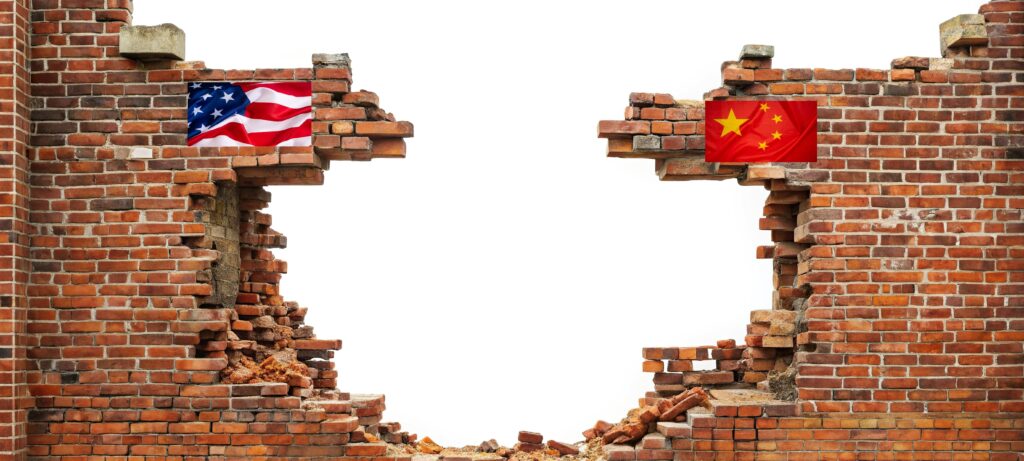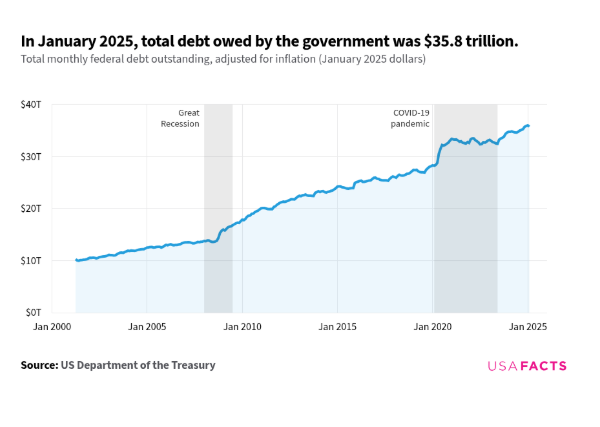Overview of Tariffs.
Tariffs have existed for thousands of years. They have been a positive factor in American history, yet at times, they have been disastrous. People often fail to distinguish between two types of tariffs. There are short-term tariffs, which, when used like a surgical laser, can be very productive in protecting American interests. Long-term tariffs are less benign, akin to attempting surgery with a blunt instrument, and can produce unintended consequences that can harm an economy and even a government.
I will forgo discussing the president’s specific tariffs for two reasons. First, I am still unsure of the nature of his tariffs. Second, it is not my role to criticize a sitting president, regardless of their political party. However, there are some significant examples of the United States' use of tariffs and their impact on the country, businesses, and citizens. These examples produce excellent insights that can be a framework for evaluating tariffs today.
Historical Impact Of Tariffs.
It is essential to revisit the founding of the United States to gain a perspective on tariffs. The Founding Fathers did a good job of establishing a government. However, as noted by author Thomas P. Kettell in his 1865 book, History of the Great Rebellion, the seeds for the Civil War were sown when the country was founded. A war was inevitable.
There were two major opposing forces. The Federalists, who favored a strong central government, were championed by Alexander Hamilton. The States’ Rights faction, in favor of a weak central government, was supported by Thomas Jefferson. The two sides wrestled with how governmental power would be distributed.
Myriad problems arose following the country's founding that impacted the relationship between the Federalists and the States’ Rights proponents. I will focus on one of the significant rifts and the tariffs that produced it.
Tariff Of 1828.
Congress, not the president, passed a significant tariff act in 1828. (It should be noted that Congress has the authority to set tariffs but has delegated some of this power to the president.) The primary goal of the 1828 Act was to protect the American business interests of manufacturers in New England and farmers in the Midwest against competition, primarily from Britain. Some of the tariffs under the 1828 Act equaled almost 50 percent. For example, for wool, the act provided
On wool unmanufactured, four cents per pound; and also, in addition thereto, forty per cent. ad valorem, until the thirtieth day of June, one thousand eight hundred and twenty-nine; from which time ed.an additional ad valorem duty of five per cent. shall be imposed, annually until the whole of said ad valorem duty shall amount to fifty per cent. For a full copy of the act, see St. Louis Federal Reserve.
While most of New England agreed with the tariff act passed in 1828, a few New England states opposed the law because it imposed a heavy tax on products they needed to manufacture items, such as carpets and fabrics, which were burgeoning industries at the time. The South opposed the act because it feared that the British would retaliate by imposing hefty tariffs on cotton, making it harder to sell, and the South would have to pay hefty tariffs on products bought from England. The South felt the North was telling it what it could and could not do economically. There is little doubt that the Tariff Act of 1828 was the first of many dominoes to fall, which would ultimately lead to the Civil War.
Opponents of the Tariff Act of 1828 nicknamed it “The Tariff of Abominations.” The act was so problematic that Congress passed a second tariff act in 1832 to lower tariffs. The revision did not appease the South.
To put the impact of the 1828 Act into perspective, for the fiscal year 1833, England paid tariffs and ad valorem taxes on slightly more than 93 percent of the goods it shipped to the United States. In comparison, China paid tariffs on only 32 percent of the goods it exported to the United States. (Data based on the Letter from The Secretary of the Treasury--Transmitting statements respecting the Commerce and Navigation of the United States, April 22, 1834, 23rd Congress, 1st Session, Doc. No. 355, pp. 112-113.)
Nullification And The Tariff Of 1832.
The South was so upset with the tariffs that it resorted to the concept of “Nullification.” Thomas Jefferson had raised this doctrine in the Virginia and Kentucky Resolutions. He claimed that states could ignore or nullify unconstitutional actions by the Federal Government. James Madison agreed and put forth the argument that states could take action to stop inappropriate Federal laws.
South Carolina met in 1832 and embraced the nullification theory. Kettell explains this in his book as follows:
Resolutions (in South Carolina) were passed, declaring the tariffs of 1828 and 1832 null and void, and not binding upon the Citizens of the United States; and that in case the general Government should attempt their enforcement by naval or military power, the union between South Carolina and the United States should be considered dissolved….Italics added. Thomas P. Kettell, History of the Great Rebellion, Cincinnati, Ohio, L. Stebbins, p. 24.*
The problem eventually receded until 1842, when Congress passed another tariff act that raised tariffs again. It still took more than nineteen years for the Civil War to commence. This series of political dominoes illustrates again that the war was primarily about money. (I am not ignoring the horrible impact of slavery, but the institution of slavery was also an economic issue to the South.)
What must be noted from the 1828 Act is that the impact of tariffs cannot be ascertained for many years after they are passed. So, any tariffs passed today can have long-ranging, unforeseen effects.
Examples Of Long-run Impact Of Tariffs.
For example, assume the United States were to impose significant tariffs on China but not on Country “A.” China could sell goods to Country “A” or move goods through Country "A" ports, which is called trans-shipping. The goods that are re-sold or trans-shipped from County "A" to the United States may avoid tariffs. It would seem this would be easy to detect, but it is not. This action could strengthen ties between China and Country “A.”
Another way to circumvent tariffs would be for China to build plants in Country “A” and then ship the goods manufactured in Country “A” to the United States, avoiding tariffs. Again, this could strengthen ties between China and Country "A." Alternatively, China could seek out markets beyond the United States by utilizing export credit insurance or direct cash subsidies to encourage other countries to purchase Chinese products, thereby strengthening its relationships with these countries.
The actions cited would have no significant impact in the short run. In the long term, significant problems could occur. Examine the situation in which China starts building plants in other countries. This process may seem benign, but in the long run, it may provide China with strategic opportunities to entwine itself within a country. China has already planted economic seeds that have sprouted in parts of Africa and parts of South America.
One last tariff note is required. China has a huge trade surplus with the United States. By using up some of its trade surplus, it can absorb a significant tariff increase without raising prices.
Tariffs can be practical tools. While I cannot evaluate the president’s tariff actions, I do not recommend tariffs unless a government knows their economic and political impact and the goal of the tariffs. I hope the president and his team have great answers to these questions.
If you have not read the blog that describes the "However View," click here.
*For those interested in the history of the first hundred years of the United States, Kettell’s book is an excellent source and an enjoyable read. The author focuses on the fundamentals of the Civil War while not relying heavily on his biases. Warning: It is written in five-point font.





